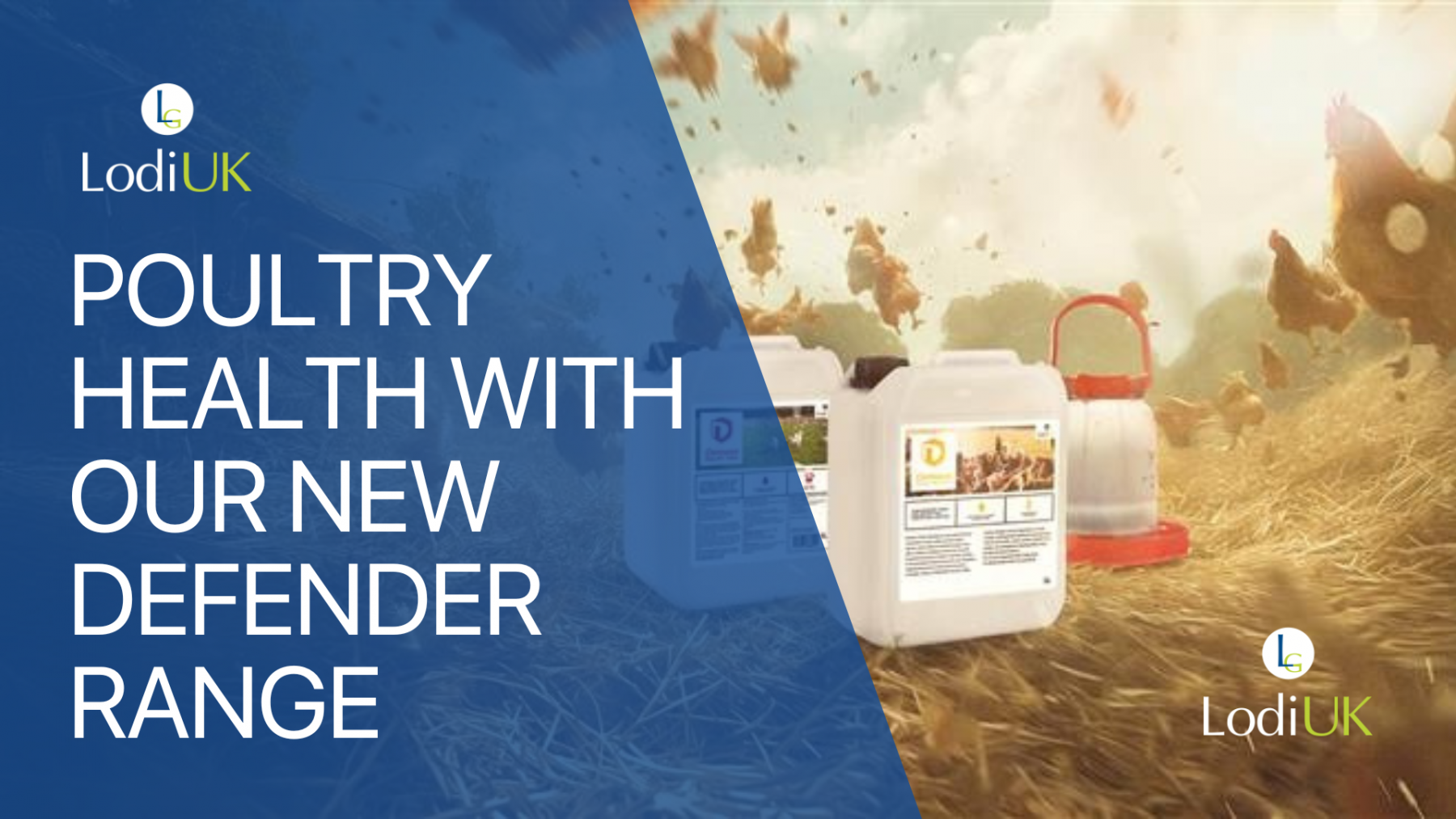
During our webinar, our attendees were encouraged to send in their questions for our experts. We had so many questions and such insightful answers that we have had to cut them down for this blog post! If you do want to watch the whole Q&A session, click here.
How important is it to clean down roof spaces, joists etc?
Mark: Well, I would say it is critical. Once you start using an airline in the grain store and you see what comes down off the roof, then you realise how important it is! You might look from the ground and think that it looks clean but once you start blowing, you’ll realise that it’s critical.
Ken: Just to add to that, it can be the case that the walls, floor and ledges are clean, but the roof spaces, trusses and rafters are left. Heat rises as we know, and insects will harbour in the roof as it is warmer.
If I apply K-Obiol or another grain protectant, how long do I have to wait before I put grain in store?
Ken: I’m assuming that this question is about spraying the fabric of the building. You could put it in as soon as it’s dry, but you are defeating the object of doing the cleaning and the treatment. K-Obiol has a residual of 2 months on the structure of buildings. The earlier you can get it onto buildings, the more chance you have of catching the insects as it goes through their life cycle. Mark mentioned that grain weevils live in grain. They spend around 70% of their life cycle in the grain and only emerge as adults. It’s only when they emerge that they come into contact with insecticides.
Can I use an insecticide on the building and also on the stored grain?
Ken: Yes is the answer. Products like K-Obiol can be used on the fabric of the building and for longer-term protection, can be applied to the grain as it enters the store in a ULV format, and it can provide protection for up to 12 months.
Tom, where do you get your advice from where it comes to grain store protection?
Tom: That’s a great question. As with a lot of things on the farm, you’re trying to be an expert on everything and that’s never going to work. At best we can consult the experts and make decisions as best as possible. We have a local pest control officer who has been really helpful, and I think having conversations with him has been really important. I think that often it can be easy for the agronomist or pest controller to just go home and send you an email but just having a conversation with them is so so important.
With global warming changing the atmosphere, is it likely to have an impact on pest populations or a shift in pest varieties that prefer warmer weather?
Mark: Absolutely right! Bearing in mind that I’ve been doing this job for over 35 years, you could almost wake up and know what season you were in because it would be cold, warm or moderate. But the problem is now that we’re not getting the frosts in the wintertime to knock out the pests and we’re getting insect pests that used to be knocked out in the wintertime that are becoming prolific.
Ken: I would agree. The most obvious one in the news is the arrival of the Asian hornet or the marmorated stink bug which are both invasive species. The warmer weather is altering the ebbs and flows of insect life cycles and the making the seasons less distinct.
Tom: There’s a fair number of farmers who are changing their systems and moving towards reducing tillage. I know you said that rats come onto the farms as there is no food left for them in the field, do you think that with a no-till or min-till system that the migration of the rodents will change?
Mark: I don’t think it makes any difference to the rats in the field as once the wheat and barley have been cut, they will move to root crops and will then move into buildings. It will make a huge difference to the mouse population. Uncultivated stubble can become completely infested with mice. We have got barn owls now in almost every farm and I think that this is a consequence of more food being out in the field but perhaps not as good for your grain store.





